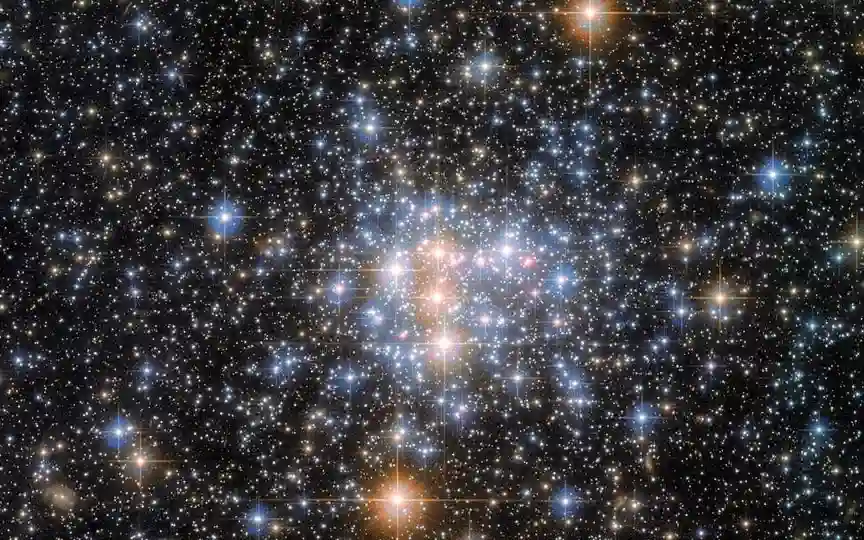Stunning Image Captured by NASA’s Hubble Telescope of a Powerful Protostellar Jet
Since the 1990s, the NASA Hubble Space Telescope has been taking awe-inspiring images of space. Despite its outdated instruments and technology, it has managed to capture mind-blowing images. Recently, it has captured remarkable photos of vibrant protostellar jets, displaying the dazzling lights of the star. These images are sure to captivate and excite viewers. Learn more about the image captured by the Hubble Telescope below.
Protostellar jet image
According to a report in Science Daily, the Hubble Space Telescope captured the image of the G35.2-0.7N region, known as a high-mass star formation site. The area is located 7200 light years from Earth in the constellation Aquila. Stars born from this location are exceptionally large and can turn into destructive supernovae. According to the shared image, there is a single B-type star that sends a powerful beam of light towards us, creating an amazing light show. A B-type star is known as another massive star
These luminous protostellar jets are formed by outflows of matter from protostars. These illuminating lights are known as collimated beams, which push out in straight, parallel streams, so the jets extend very far without spreading much, and therefore distortion is reduced. This rare phenomenon was captured by NASA’s space telescope, which captures the wonders of these massive stars.
The technique used to take the picture
The Hubble Space Telescope used the Wide Field Camera 3 (WFC3), a camera designed to capture very distant galaxies, star systems, space objects, exoplanets and more, to capture the image of the powerful protostellar jet. It is Hubble’s main camera and is equipped with two channels designed for ultraviolet and visible light (UVIS) and near infrared (NIR).
About the Hubble Space Telescope
The Hubble Space Telescope is a solar-powered instrument that orbits approximately 547 kilometers above Earth and records spectacular views of space. It can take photos that go back as far as billions of years. In fact, only the new James Webb Space Telescope can look further back in time than the Hubble Telescope. According to NASA, Hubble has made more than a million observations since its launch. The images taken by the telescope have helped astronomers study the age and size of the universe.
One more thing! We are now on WhatsApp channels! Follow us there to never miss an update from the tech world. If you want to follow ReturnByte channel on WhatsApp, click here to join now!




